
TOP 10 rare Soviet cars
Content
In the modern world, few people are attracted by the prospect of becoming the “lucky” owner of a domestic classic. Even in Soviet times, new cars did not shine with high quality. This was due to modest funding and tight production deadlines.
Nevertheless, for history buffs and collectors, some models of the Soviet automobile industry are of particular interest. Introducing the TOP 10 of these machines.
ZIS-E134

This car was created for military purposes. In the first half of the 1950s. The USSR Ministry of Defense faced a difficult task. How to transport heavy military cargo and firing installations over rough terrain? On the one hand, we needed equipment with cross-country tracked vehicles. And on the other hand, the car had to reach speeds much higher than the tank.
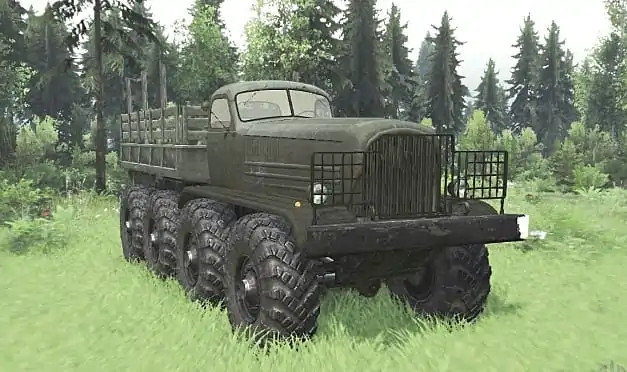
In 1956, a design bureau was created in the country, which was supposed to design a special car. It should be a 4-axle four-wheel drive truck with a maximum tonnage of 5-6 thousand kilograms.
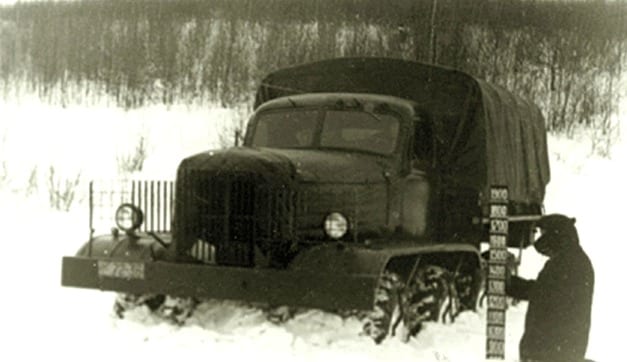
Engineers and designers created a truck with increased cross-country ability. The experimental model could overcome a wall 60 cm high, the maximum slope of the rise was 35 degrees and a meter ford. However, its maximum carrying capacity was 3 tons. The machine did not satisfy customer requests. Therefore, the model remained in a single copy.
ZIL E 167
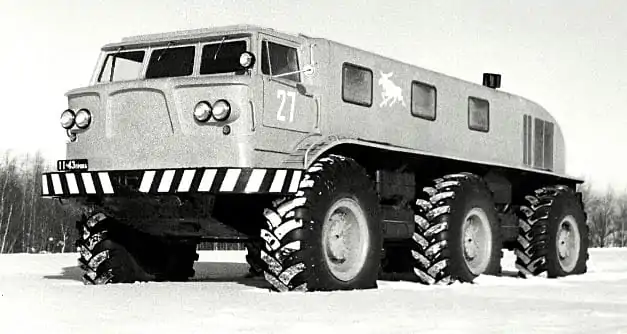
Another SUV was also created for military purposes already in 1963. The model was planned to operate in Siberia on snowy roads.
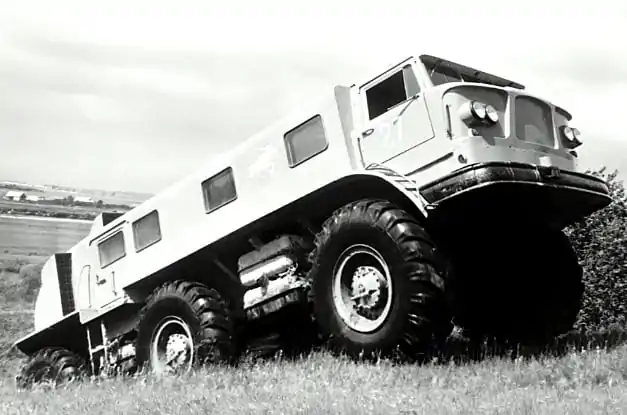
The ride height was as much as 85 centimeters. It should have been the perfect snowmobile. It was equipped with three axles with six driving wheels. As the power unit used two ZIL engines (375th model). The total power was 118 horsepower.

During testing, the all-terrain vehicle showed good cross-country results (slightly lower than a meter, depending on its density). In the snow, he moved at a speed of 10 kilometers per hour. On a flat road, it accelerates to 75 km / h.
The car never went into mass production, as the engineers failed to develop a stable gearbox.
ZIL 2906

A unique amphibian was developed during the space race. The device was used to search for astronauts who arrived. The model was part of a search group consisting of three pieces of equipment. She was transported to the landing site of the spacecraft. It was used if the crew of the ship was somewhere in the middle of a swamp, where conventional equipment could not have reached.
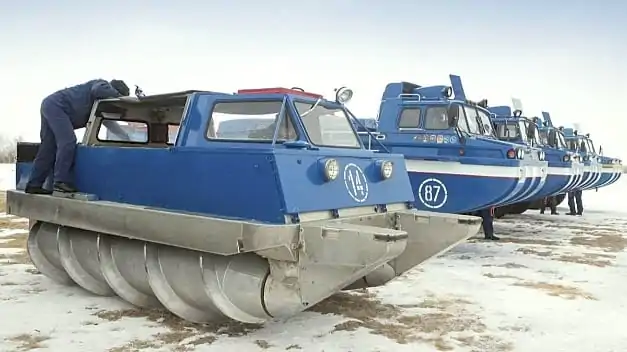
A feature of this amphibian is a screw-rotor chassis. It was driven by two engines of vases of 77 horsepower each. The ride height was 76 centimeters. Amphibian accelerated to 25 kilometers per hour.

A small search engine was released in a limited edition of 20 items. An analogue of this car was used in the taiga to transport small-sized forests. True, the civilian version was different from the military one. In water, the device reached a speed of 10, in the swamp - 6, and in the snow - 11 km / h.
VAZ-E2121 Crocodile
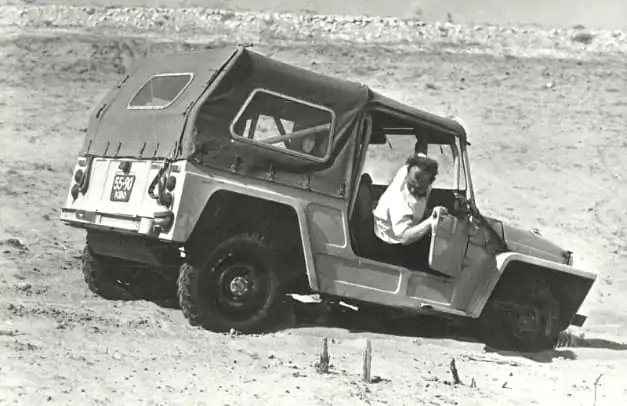
The craving of Soviet engineers for SUVs was gaining popularity. And the development went beyond military technology. So, in 1971 there were drawings of the first passenger car for off-road driving. The authorities planned to create a popular car at an affordable price.
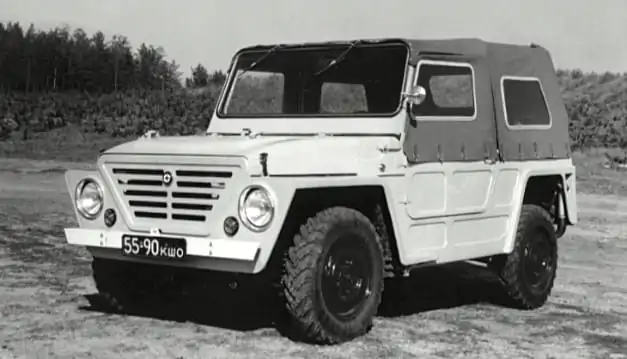
The main indicator of a car of this class is four-wheel drive. Tolyatti Automobile Plant equipped the experimental model with engines, which were subsequently installed in the Zhiguli sixth series. Four-wheel drive in conjunction with the engine (1,6 liters) showed good results. However, due to the unpresentable appearance of the car, it did not go into series. Only two prototypes remained, one of which was green in color. For which the vaz received the nickname "Crocodile".
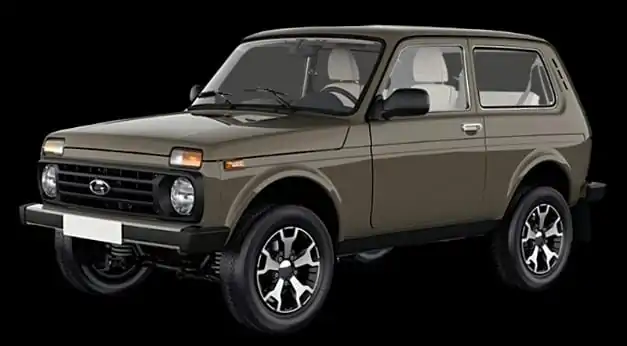
Over time, the development came in handy. Based on the experience gained in the development of cars with increased cross-country ability, the familiar Niva was created for everyone.
VAZ-E2122

In parallel with the previous experimental vehicle, engineers began the development of light amphibians. A prototype of the Niva was used as a base. The model was created for the command staff of military units. Given the specifics of use, special requirements were imposed on the machine. Therefore, the prototype was finalized six times.
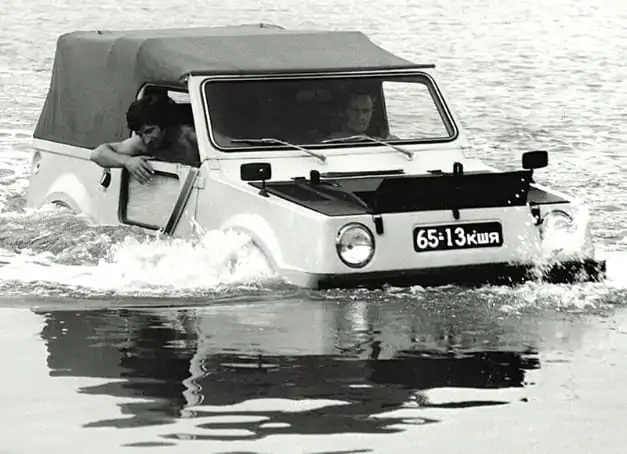
The model received all the necessary permissions to enter the series. However, in 1988, the project stopped at the initial stage of production.
The engineers were not able to make the all-terrain vehicle fast and practical on the water. The speed problem was that the movement was carried out exclusively due to the rotation of the wheels. To increase the speed, the driver needed to increase the number of engine revolutions. The motor and gearbox were placed in airtight boxes. Therefore, due to insufficient cooling, the power unit was constantly overheating.
ZIL-4102
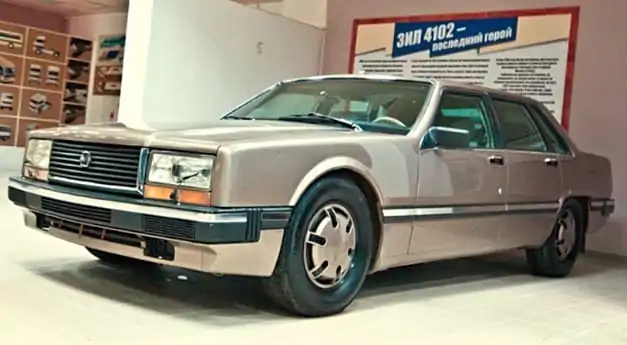
Powerful executive car - this was supposed to be the new sedan. However, he froze in time. Given the target audience, the car received the most advanced “stuffing” at that time. An exclusive limousine equipped with a serious multimedia system. CD-player and ten speakers - few even in a dream, such a luxury "appeared".
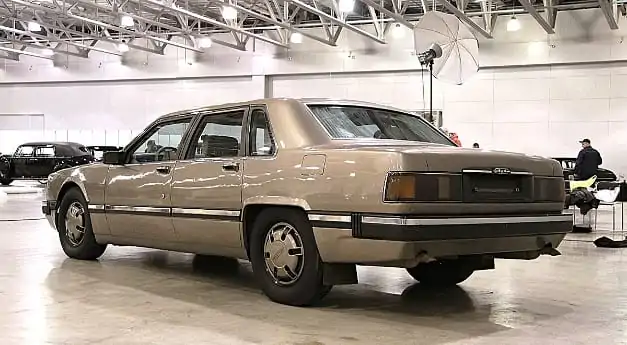
Under the hood, a V-shaped engine with a volume of 7,7 liters was installed, developing a capacity of 315 horsepower. The design bureau planned to create several options for high-end cars. The project noted the development of a convertible, limo and station wagon.

Two prototypes came out of the assembly shop. Black for the General Secretary of the Central Committee of the CPSU M. Gorbachev. The second (golden color) is for his wife. Despite the uniqueness of the interior and layout, the project was closed. There were several reasons for this. Among them are the “whims" of officials and the difficult situation in the country.
Today, one of these retro cars of the Soviet automobile industry is in the ZIL Museum.
NAMI-0284 "Debut"
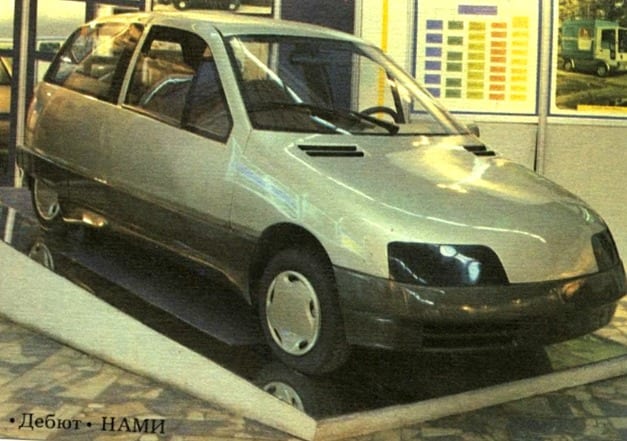
This old car, which did not go into mass production, had a huge prospect. In 1988, a prototype subcompact was presented at the Geneva Motor Show. Critics and participants in the auto show were delighted with the news.
Engineers designed the body so that the car received excellent streamlining - a coefficient of 0,23 cd. Not every modern car meets such indicators.
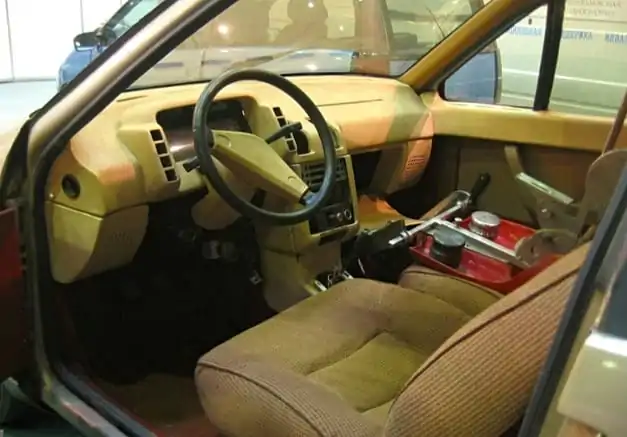
In addition, the interior turned out to be very comfortable. The car control system includes cruise control and servo steering. Under the hood is a small engine with a volume of 0,65 liters. 35 horses accelerated the subcompact to unbelievable for the era of low-power engines of 150 kilometers / hour.
If the car went on the conveyor, the domestic auto industry would have a completely different reputation.
MAZ-2000 "Perestroika"

Another “victim” of an incomprehensible combination of circumstances is a magnificent prototype of a truck. The model was first seen at the Geneva Motor Show in 1988. Like the previous exhibit, this “strongman” was especially praised by critics.

For the first time, engineers and designers of the Soviet automobile industry developed an enviable vehicle. A feature of the body was a modular design. Thanks to the use of unique engineering, the main elements of the power unit moved under the cab. This significantly reduced the length of the machine, and freed up space for additional cargo by a whole cubic meter.

Unfortunately, the delighted novelty did not go into series. Perhaps, by coincidence, a couple of years later, the French concern released a production truck Renault Magnum.
Home-made car "Pangolin"

The idea to create a beautiful sports car was “infected” not only by foreign automakers. In the USSR, production was tightly controlled by the opinion of statesmen. Therefore, enthusiasts, inspired by the beauty and power of foreign cars, decided to create "concept cars" handmade.
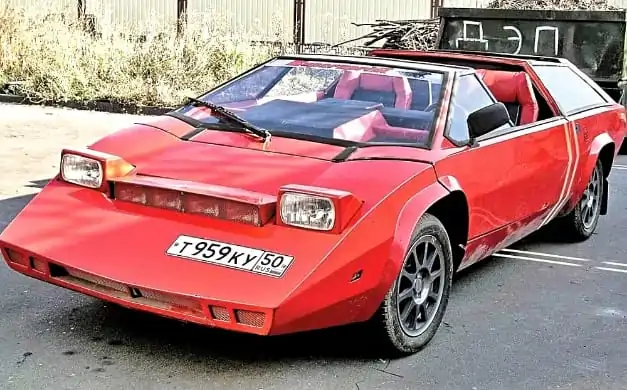
And the car shown in the photo is the fruit of such work. The model is made in the style of the Lamborghini Countach. She is still on the move. The body of a retro racing car is made of fiberglass. Under the hood, the head of the technical circle installed a “kopeck” engine.
A feature of the only “Pangolin” in the world was a lifting hood instead of opening doors. True, a restyled version with a mechanism for opening the door to the top has reached our time. An exclusive racing car accelerates to 180 km / h. despite the installed standard Zhiguli engine.
Home-made car Laura
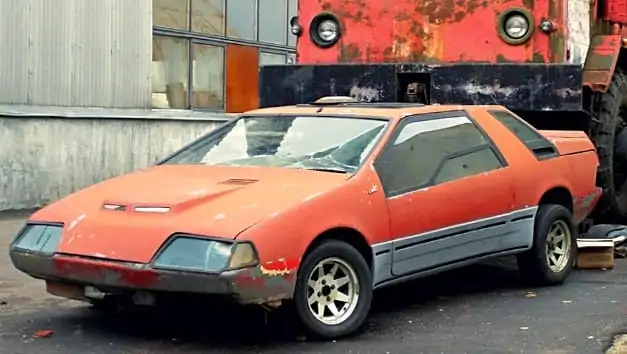
Another “hint” that sports cars are needed in the country is Laura. Unlike copyright copies of foreign models, this retro car is unique in its kind. It was based solely on the author’s thought of two engineers from then Leningrad.
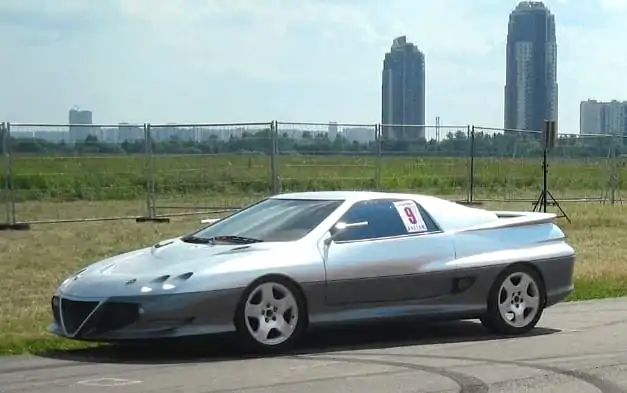
The sports car received a 1,5-liter engine with a capacity of 77 horsepower. The exclusive speed limit was 170 km / h. Only two copies were created. Each car was equipped with a primitive on-board computer.
In the second half of the 90s. car has changed beyond recognition thanks to a wealthy enthusiast from Smolensk.
2 comment
Valentine
Is there a video with these machines?
Ivan
The title doesn't match the content. The word “rare” refers to cars that could still be found on the roads of the USSR. For example, Chaika and GAZ-4 can be considered rare cars. And here are mainly presented projects that were made in a single copy and did not pass the test. You know, according to this logic, we can call all the crazy prototypes of NAMI rare cars. And still, they have never been used anywhere.